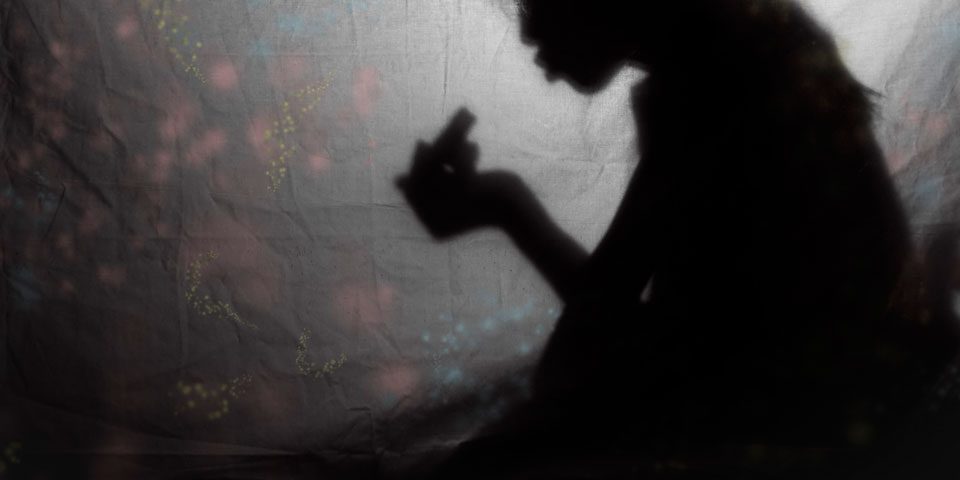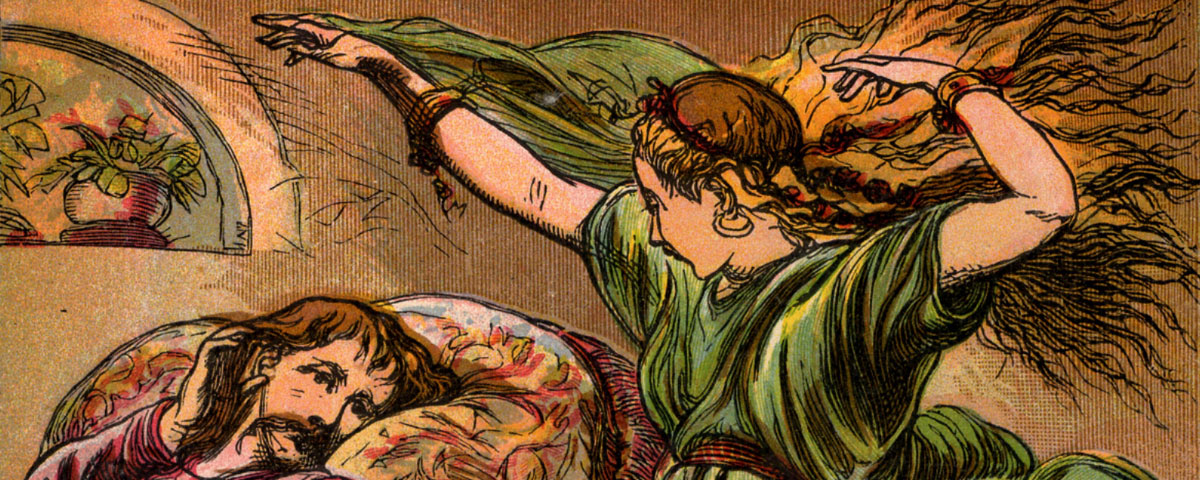
The Chicken Or The Egg, Which Tall Tale Came First?
Where do our tall tales come from? Did cosmic chickens lay these little storied eggs at our feet? Or, did these ancient stories free fall out of our heads after a long winter’s sleep? Cultural stories, like the best laid hen’s eggs, always start somewhere. And that somewhere usually begins with a “mother story” that is handed down through the oral tradition from mother to children, teacher to students, traveler to traveler, and friend to friend. In the oral tradition, stories are repeated from memory and usually passed in a short form through ballads, chants and verses. When a culture lacks written language or has limited access to writing tools, the oral tradition is the only means of communication from generation to generation.
The Proverbial Passage Through Time
Stories passed down through the oral tradition use mnemonic devices such as alliteration, repetition, assonance, and proverbial phrasing to enhance audience memory and recall. These techniques serve to keep intact and communicate the core message. By using rhythmic speech, the oral tradition has been successful in transferring cultural knowledge through the centuries. Even rather elaborate poems have been passed down through the oral tradition. In ancient Greece, Homer’s epic poetry was composed, performed and transmitted orally.
The transfer of cultural stories without a written intermediary is not used solely for amusement or transfer of worldly wisdom. The oral tradition has also been used as an elementary form of oral governance. Law, in oral cultures, was literally embedded in sayings and proverbs. It was commonplace for a judge in an oral culture to use relevant proverbs to help adjudicate equitable decisions in litigation cases between opposing parties.
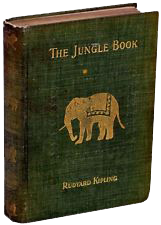
Rudyard Kipling’s, The Jungle Book
These oral governance proverbs allow for simple communication and comprehension. But the traditional stories and proverbs are not as static as one may think. While the proverbs and fables form the basic groundwork for oral cultural law, these words of wisdom are also open to extrapolation. Ancient proverbs can be applied to new cultural circumstances or technological advancements by mutually agreed upon inference and conjecture using the fundamental meaning of the proverbs. This allows for progression and growth within the culture and ensures that the rules that govern people are modified by the whole and not authored by a single entity.
The Jungle Book, published by Rudyard Kipling in 1894, is a collection of fables inspired by stories from ancient Indian texts and the oral tradition. The book provides a written example of oral governance in the poem, The Law For The Wolves, also known as The Law of the Jungle. The poem is a set of legal codes used by wolves and other animals (from the story) in the jungles of India. Through rhythmic verse, it describes the obligations and behavior of a wolf in a pack and the responsibility to protect oneself as well as others.
Now this is the Law of the Jungle — as old and true as the sky; And the Wolf that shall keep it may prosper, but the Wolf that shall break it must die.
Kipling’s The Law For The Wolves poem goes on to explain the support you depend on and the support you pay forward is interchangeable.
For the strength of the Pack is the Wolf, and the strength of the Wolf is the Pack.
The pack works as a team to survive. The individuals rely on the group and the group on the individuals. This is the positive and affirming interpretation of the proverbial law. But some have interpreted Kipling’s Law of the Jungle differently given his apparent support of imperialism. Moving the proverb’s meaning from personal morality towards a more political, “Might Makes Right” and ultimately espousing a type of beastly “Survival of the Fittest”. The 2016 adaption of The Jungle Book briefly addresses the controversy surrounding the interpretation when Mowgli recites the poem. His mentor, Baloo the bear, responds by telling Mowgli that it is not a poem, but a propaganda text. Depending on where the audience interpretations of Kipling’s work reside, this is either a positive or or negative statement.
From Ear to Ear, Then Written Page
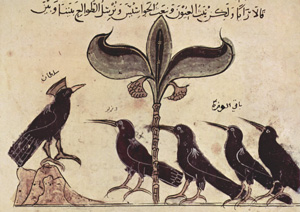
The crows from the Panchatantra by Arabischer Maler circa 1210
Some of the oldest written stories can be traced back to The Panchatantra — a collection of fables from India attributed to Vishnu Sharma. The Panchatantra is essentially the Aesop’s Fables of India. The stories are written in verse and prose form using a series of interrelated animal fables. The Panchatantra, some scholars believe, originated from texts written in Sanskrit around the 3rd century BCE. The stories are likely based on ancient allegories from the oral tradition and are perhaps thousands of years old. The Panchatantra narratives are described as, “fables that are as old as we are able to imagine”.
Scholars believe that Vishnu Sharma wrote the Panchatantra as a means to teach the disciplines of science, politics and diplomacy to the King’s three foolish princes. He believed that the only way undisciplined children could learn was by distilling complex subject matter into an easy to understand and entertaining formula. Vishnu Sharma accomplished this through a fable.
The Panchatantra narratives are described as, “fables that are as old as we are able to imagine”.
Vishnu Sharma composed a series of five interwoven narratives. The Loss of Friends (The Lion and the Bull), The Winning of Friends (The Dove, Crow, Mouse, Tortoise and Deer), Of Crows and Owls (War and Peace), Loss of Gains and Imprudence (The Monkey and the Crocodile) Ill-Considered Action and Rash Deeds (The Brahman and the Mongoose). He titled the collection, the Panchatantra which translates to the five (pancha) treatises (tantra). The fables imparted the wisdom required by the princes to succeed their father.
Kipling’s, The Jungle Book, closely parallels the anthropomorphic storytelling approach found in the Panchatantra. While living in India during his preschool years, these ancient fables and oral traditions were most likely passed on to Kipling by his nanny, family friends and neighbors. These powerful cultural stories must have had a strong influence on Kipling the writer, later in life.
The Brothers Grimm also attempted to preserve oral tales in the written word and were among the first European scholars intent on recording oral tales accurately. But over time, these stories were rewritten and the pure oral tradition verses evolved into the literary narratives of today.
Andrew Lang’s “Coloured” Fairy Books, published between 1889 and 1913, are a series of twenty-five collections of true and fictional stories for children. The book contains a wide range of tales, with seven from the Brothers Grimm, five from Madame d’Aulnoy, three from the Arabian Nights, and four Norwegian fairy tales, among other sources. The Blue Fairy Book was the first volume in the series. It contains some of the best known tales, including: Little Red Riding Hood, Beauty and the Beast, Cinderella, Rumpelstiltskin, Sleeping Beauty, Hansel and Gretel and Snow White.
Once Upon a Time…
We humans like to categorize just about everything around us in an effort to make sense of our world. Cultural stories are no exception. What follows is a short list of tall tales categories (or genres) and their requisite attributes.
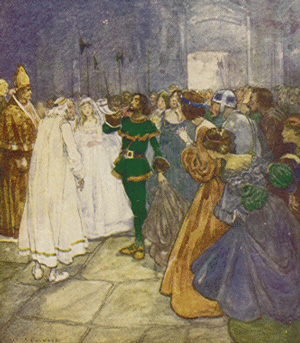
Robin Hood reveals himself.
Legend
Legends are stories about heroic, noble individuals. In contrast to fables, the heroes of legends are usually real people. Having a basis in reality, legend narratives are typically tethered to a specific culture, place and time in history. The stories include spectacular events and epic battles between a dark horse hero and seemingly insurmountable foe. The legend narrative may or may not be a retelling of a historical event and is not necessarily a morality tale. Robin Hood is an example of a legend — as it is set in a defined period, the reign of Richard I of England (1189-99) and includes historical figures. Camelot’s King Arthur and the Knights of the Roundtable is also considered a legend. Epics and sagas fall under the umbrella of legends.
Myth
Myths are origin stories that are rooted in symbolic narratives describing a distant, if not primordial past. Myths deal with the origin and nature of the universe. The story motifs in myths are usually associated with belief systems or rituals. Myths do not require proof to support the narrative and are considered ancient, sacred and as belonging to humanity as a whole. While legends may have human heroes, myths tend to focus on supernatural beings, gods, and fantastic creatures that do not exist in the real world. If humans are involved, the humans typically fall prey to the capricious love-hate whims of the gods. Frequently, humans are portrayed as the half-human and half-god children — products from unions between a god and man. The narrative is timeless and the events are divinely symbolic rather than realistic. The myth of Prometheus attempts to explain the origins of man and the Persephone myth, nature’s seasons. The story of Hercules and his twelve labors gives us a half mortal hero myth that reads more like a legend.
Fable
Fables are fictional tales that present a moral lesson at the end of the story. As a rule, fables are very short in length and employ both prose or verse. The characters are typically animals who exhibit human qualities and converse with each other. Fable characters may include humans and also mythical creatures, inanimate objects and forces of nature that assume human speech and other powers of humankind. The entire cast of a fable generally does not exceed three primary characters. A fable is similar to and may also be called a myth, but the fable must teach a moral lesson to the audience. While the writing tends to be rhythmic, simple and easy to read, the fable is also clever and sophisticated in execution. The focus is often on moral values over unbridled greed, thievery and vanity. Fables do not originate from cultural folktales although fables may be absorbed into a culture and exchanged as traditional oral folklore. Aesop’s Fables are the best known and largest collection of fables. The stories include: The Lion And The Mouse, The Hare and the Tortoise and The Boy Who Cried Wolf.
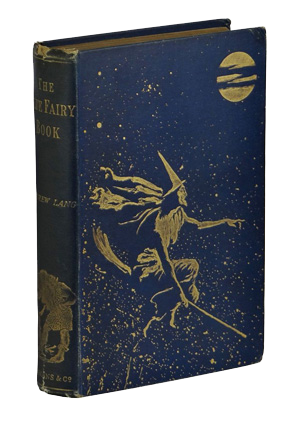
Andrew Lang’s Blue Fairy book.
Fairy Tale
Fairy tales are stories that typically originate in the oral tradition, but over time have been rewritten to fit the framework of creative literature. Fairy tales often begin with words, “once upon a time”. These stories are not tied to a specific time and place, but are typically described as happening in a faraway kingdom, in a time long ago. The settings of fairy tales are often drafty castles, enchanted forests, or secluded towns. Magical occurrences are commonplace in fairy tales — where mirrors talk, pumpkins become carriages (as in Cinderella), a boy may become a bird and a princess may sleep for a hundred years. These stories are also filled with colorful characters, including: fairies, witches, giants, elves, dragons, talking animals, ogres, queens, princes and princesses. Fairy tales typically feature a battle or psychological confrontation between a good character and bad character, like the evil queen and sleeping beauty in Snow White. A fairy tale often tells the story of an individual — focusing on a particular event like marriage, death or loss. These events are often transformational and the protagonists are often seen as underdogs. While fairy tales are written primarily for entertainment, these stories may also contain a moral, similar to fables. A prime example would be, The Ugly Duckling, where the protagonist must wait till adulthood to transform and blossom. Andrew Lang’s Blue Fairy Book, is a favorite among fairy tale aficionados. The traditional closing line of a fairy tale is, “and they lived happily ever after.”
Folktales
Folktales are handed down from generation to generation through the oral tradition. At some point in history, the folktale may have been based on a true story, but over time the historical information has been lost and the original author unknown. Folktales are often about a common person such as a villager, farmer or a mother. Folklore and the stories told in this genre function as doctrine to validate certain cultural beliefs. Many folktales are universal, conveying similar themes and messages. And yet while common folktale themes can be found around the world, specific elements are often tailored to accommodate local cultural beliefs. The personality and narrative style of the oral storyteller is important to communicating the folktale. The folktale narrative can also encompass qualities of fables, fairy tales and legends. Folktales are an attempt to teach moral and ethical codes, make sense of human existence and explain origins using familiar faces and situations. This is often accomplished through a clever and intrepid (local) hero who becomes a legend in the retelling of the folktale. Paul Bunyan is a legendary lumberjack from North American folklore. Paul Bunyan’s exploits revolve around tall tales that praise his superhuman strength as a woodsman and lumberjack. If you believe that one, we’ve got another. Pecos Bill was an irascible cowboy who was raised by coyotes and is purported to have fought a 10-foot rattlesnake, tamed it, and used it as a whip. As a legend of the Wild West, Pecos Bill also rode a mountain lion, a tornado and is credited with creating the Grand Canyon.
In The Details…
The Aarne-Thompson Classification Index, first published in 1910, is a system that attempts to organize, classify, and analyze folklore narratives. Aarne-Thompson identifies folk narratives through motif or tale type numbers. Over the years, it has been refined and amended. The index is an essential tool for writers and folklorists alike. According to D. L. Ashliman, “The Aarne–Thompson system catalogues some 2,500 basic plots from which, for countless generations, European and Near Eastern storytellers have built their tales”.
What About Fantasy?
Before the creation of the genre of fantasy, many “fantastic stories” which would now be classified as fantasy were categorized as “fairy tales”. This would include: Tolkien’s The Hobbit, George Orwell’s Animal Farm, and L. Frank Baum’s The Wonderful Wizard of Oz.
It should be noted that, Tolkien’s “On Fairy-Stories” includes lengthy discussions of world-building and is considered an essential guide to fantasy criticism.



